Geely Still Reportedly Bent on World Domination

China’s Zhejiang Geely Holding Group has its fingers in a lot of pies. Having purchased Volvo Cars from Ford a decade ago for $1.8 billion (a fraction of the price the Blue Oval paid), the brand has focused on scooping up troubled brands with global appeal or creating its own. In 2017, Geely purchased majority stakes in Malaysia-based Proton and UK-based Lotus Cars while attempting to turn its own Lynk & Co into a global brand.
Those are supplemental to its cadre of Asia-focused subsidiaries but no less important to its broader aspirations.
Geely has been exceptionally clear that its ultimate goal is to increase its presence around the world while improving its production capabilities. Its latest strategy involves utilizing new platforms developed for Volvo (which was already sharing architecture with Lynk) for vehicles manufactured in Asia under the Proton banner.
Reporting from Reuters suggests the company intends to retool factories across Asia in order to take advantage of the platforms that garnered Volvo so much favorable attention these last few years.
Senior officials and engineers working for the company told the outlet a group “Compact Modular Architecture” (CMA) opened up the door to for the quick development and manufacture of various compact designs with a familiar layout — and for much less money than was being spent before.
From Reuters:
They said CMA, along with a platform for smaller cars known as B-segment Modular Architecture (BMA) that Geely plans to roll out for Proton, allow them to harness the Swedish automaker’s technologies and Geely’s capabilities in cost control, supply chain management and local production.
“CMA will be the core of Geely’s future architecture design … We learn technologies and build up talents through developing it,” said Li Li, vice president at Geely Automobile Research Institute, confirming the Proton plan during an interview in Ningbo, south of Shanghai. Li declined to disclose details of general investment, financial targets or a timetable for expansion plans.
From its lowly foundation in 1986 in Taizhou on the east coast as a maker of refrigerator parts, Geely has grown into one of the biggest players in China, the world’s largest auto market accounting for nearly one in every three passenger cars sold around the planet. Geely now sells more than 2 million cars a year across all brands, ranking it not far from the world’s top 10 automakers by unit sales.
Geely also wants to break into Western markets, specifically the United States. However, political tensions between Washington and the Chinese Communist Party, sparked by that entity’s routine involvement in all aspects of business, has made that task exceedingly difficult for all Chinese-based companies. China has also struggled economically for the last couple years, forcing Geely to focus more on home-grown problems. This resulted in numerous setbacks for the company, with one of the biggest being Lynk & Co’s failure to move into Western markets as planned (though Asian exports will come to Europe soon).
Despite increasing its market share dramatically over the past decade, the Chinese automotive conglomerate has now refocused on the fundamentals as demand recedes, if only to ensure it can maintain its strength during hard times and export models out of China for as little money as possible. In addition to platform sharing between its more international brands, Geely eventually wants to slot CMA-based products into every car brands it owns — basically becoming China’s answer to Volkswagen Group.
[Images: Jenson/Shutterstock]

A staunch consumer advocate tracking industry trends and regulation. Before joining TTAC, Matt spent a decade working for marketing and research firms based in NYC. Clients included several of the world’s largest automakers, global tire brands, and aftermarket part suppliers. Dissatisfied with the corporate world and resentful of having to wear suits everyday, he pivoted to writing about cars. Since then, that man has become an ardent supporter of the right-to-repair movement, been interviewed on the auto industry by national radio broadcasts, driven more rental cars than anyone ever should, participated in amateur rallying events, and received the requisite minimum training as sanctioned by the SCCA. Handy with a wrench, Matt grew up surrounded by Detroit auto workers and managed to get a pizza delivery job before he was legally eligible. He later found himself driving box trucks through Manhattan, guaranteeing future sympathy for actual truckers. He continues to conduct research pertaining to the automotive sector as an independent contractor and has since moved back to his native Michigan, closer to where the cars are born. A contrarian, Matt claims to prefer understeer — stating that front and all-wheel drive vehicles cater best to his driving style.
More by Matt Posky
Latest Car Reviews
Read moreLatest Product Reviews
Read moreRecent Comments
- Hari Your route home sounds like the perfect stretch for a car like the Alfa Romeo Giulia. Its renowned handling and dynamic performance make it an ideal match for those curves. For enthusiasts or potential owners interested in understanding all the capabilities of the Giulia 2017, the owner’s manual is an invaluable resource. Check it out here: https://chatwithmanuals.com/automobiles/2017-alfa-romeo-giulia-owners-manual/. Our AI-powered chat makes navigating the manual simple, helping you quickly find specific details about the car's features and specs. Perfect for making the most out of those driving moments and truly understanding your vehicle!
- Dale I'd consider the RAV4 if the Prime were on the table as paying for gas is for suckers. Otherwise, we have a couple of Mazdas and they are swell. I've driven older versions of both and the CX-5 is a nicer place to live.
- Haran Spot-on review of the Mercedes-AMG GT’s price adjustments and new features! For those intrigued by the all-wheel drive and enhanced features of the latest model, you can delve deeper with the complete operator's manual available here: https://chatwithmanuals.com/automobiles/mercedes-amg-gt-operators-manual-edition-c2020/. It’s a fantastic resource for understanding all the specs and new additions without getting bogged down by the complexity typically associated with car manuals. Chat with the manual using AI to quickly find exactly what you need to know about this sporty beast. Perfect for those who appreciate detailed insights on their luxury investments!
- Flashindapan Beautiful color combinations. I assumed they stop selling the TT here at least five or six years ago.
- Carson D Just don't be the whistleblower who reports on the falsification of safety data. That's a deadly profession.




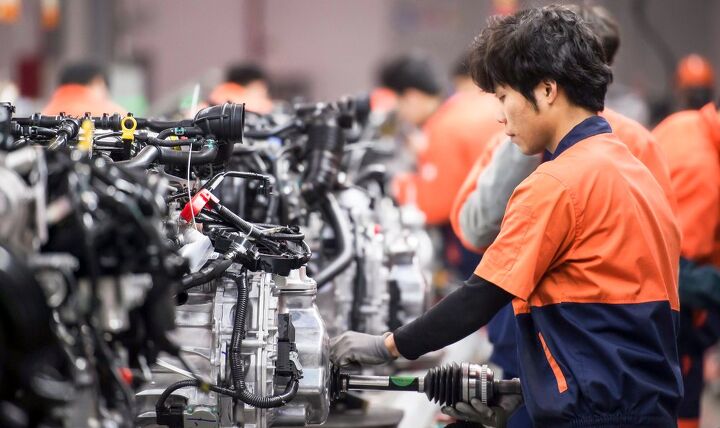
















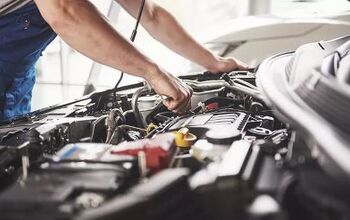
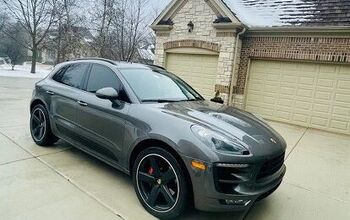

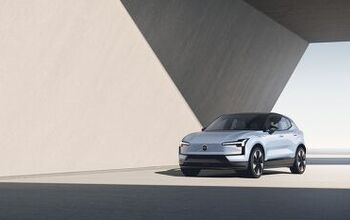
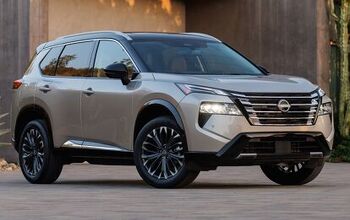
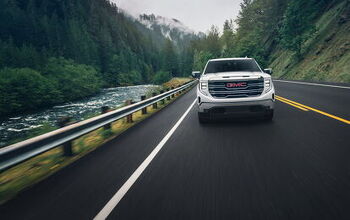


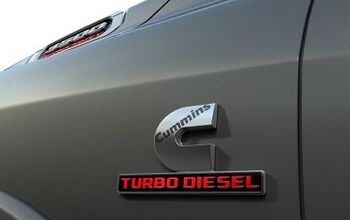
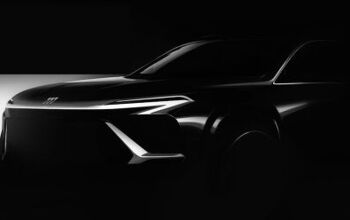
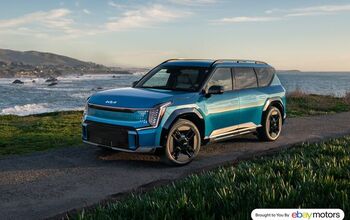
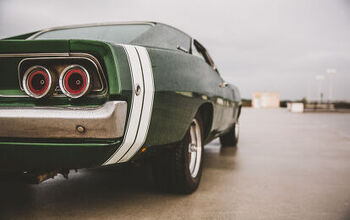
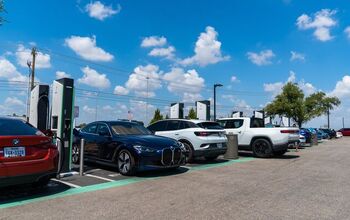

Comments
Join the conversation
I doubt their 140HP SUVs will put American butts in the seats
CBXweb- You do understand with your comment you are totally underestimating the Chinese? If/when models come over here-there will be bigger motors and/or turbo-chargers. They know the mistakes the Koreans made-and I got a feeling they are not going to make the same ones.